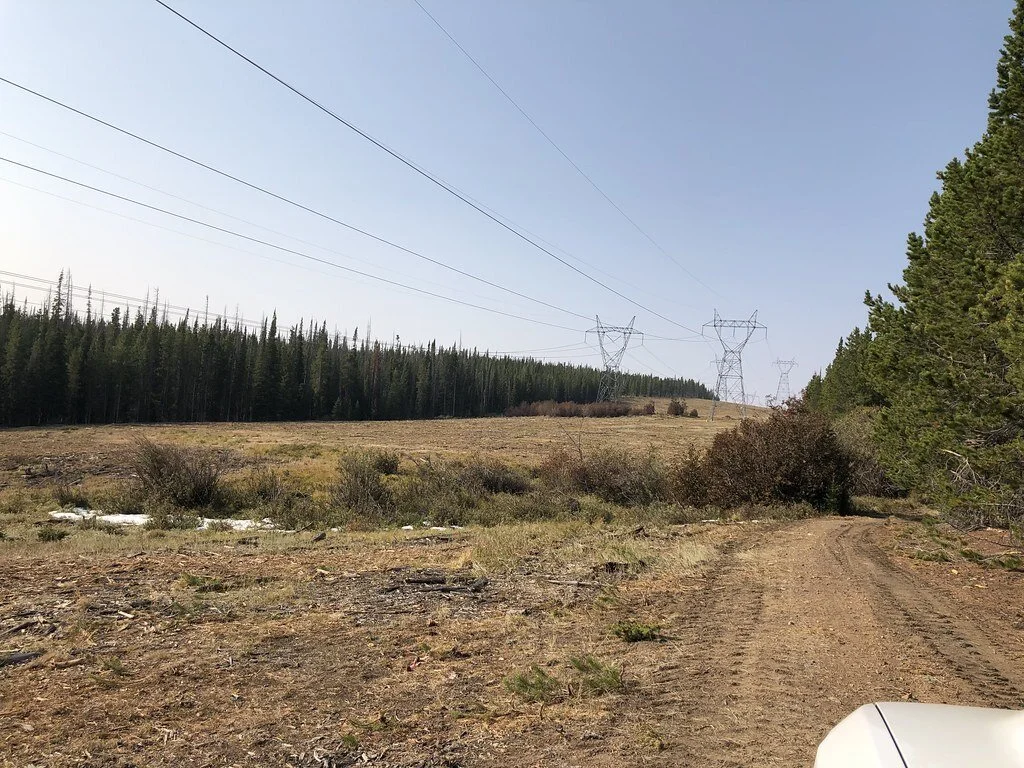Roadside Vegetation Management
Roadside vegetation management is a high impact fire risk reduction activity and is needed in high fire risk areas throughout the county. The RPP team recommends engaging local fire agency leaders to review areas identified as high priority for fire prevention activities in the analyses conducted during the RPP and to identify the most important roads for mowing based on their experience and expertise. This inventory will then form the basis for a coordinated effort to gather cost estimates from contractors for various methods of vegetation treatment appropriate to each location including mowing, discing and prescribed herbivory along with hand removal of invasive species where present to prevent their spread.
Cuyama Valley (and the area around New Cuyama in particular) was identified as a need during the RPP outreach. Cuyama Valley's open space and large tracts of farmland and ranches span Santa Barbara, San Luis Obispo, Kern, and Ventura Counties and are bisected by roads that form a key part of the regional transit system's connections between I-5 in the Central Valley and coastal Highway 101 transit corridor. Many of the area's fires start in dried grass and other highly flammable vegetation along these roadsides, but there is little roadside vegetation management in the valley. Addressing the need in Cuyama Valley will likely require coordinated action across jurisdictions and agencies, adding another layer of complexity to this effort there. Lompoc is another area that would greatly benefit from roadside vegetation management, with assistance and funding to carry out the work. We recommend adding an equity lens to this effort to prioritize roadside vegetation management in areas that benefit vulnerable communities. Several other areas would benefit from roadside treatments and should be prioritized in conjunction with fire risk analysis.
Status: Seeking Funding (Unfunded and needs coordination/staffing to bring together the various jurisdictions and agencies who would need to work together.)
Cost: Medium
Partners:
Permitting: Roadside vegetation management may fall under the CEQA categorical exemption (CEQA Section 15304, class IV, Minor Alterations to Land). Roadside work may also require coordination with CALTRANS if vegetation encroaches into their easements. County encroachment permits may also be required. APCD permits may be required, and may involve the ARB to confirm equipment types are up to date.
Funding Sources:
Additional Notes: This is the highest priority next to defensible space for homes in the WUI. In one example, a contract crew spent several weeks along the same road systems removing the non-native Tumbleweed, Castor Bean, and Tobacco plants. This project involved the crews pulling each of these species out by hand and transporting them to the waste disposal facility for proper disposal. This project was completed prior to the weed whipping projects in an effort to reduce the expansion of non-invasive seeds among our local roadways.

